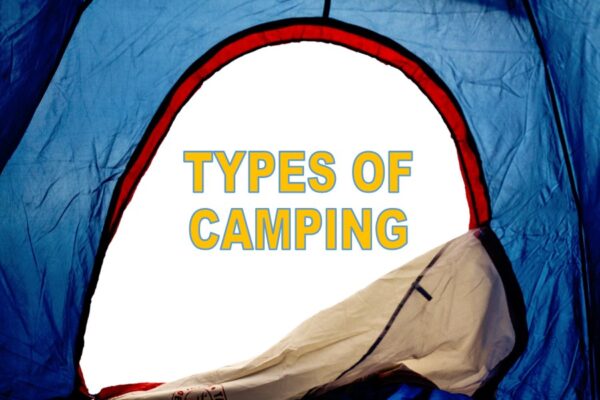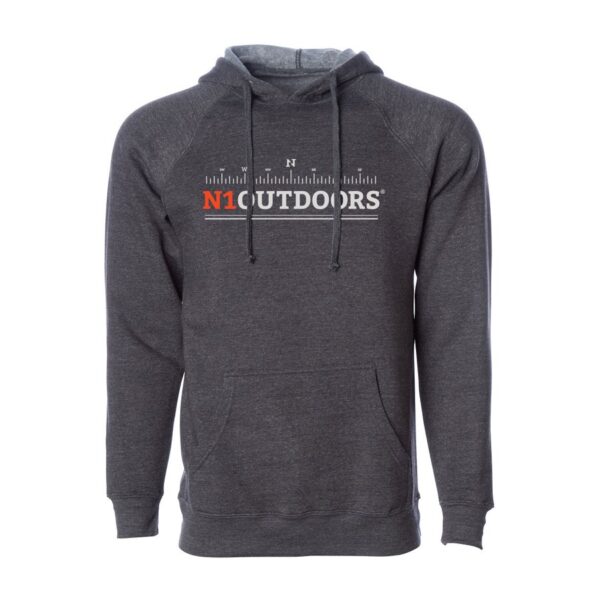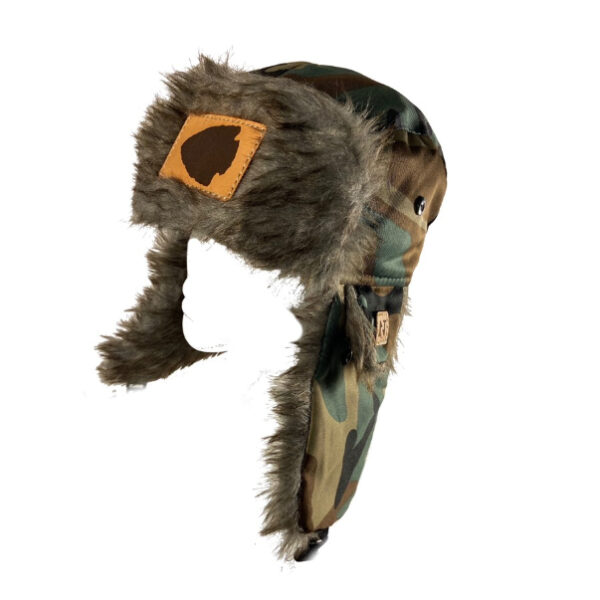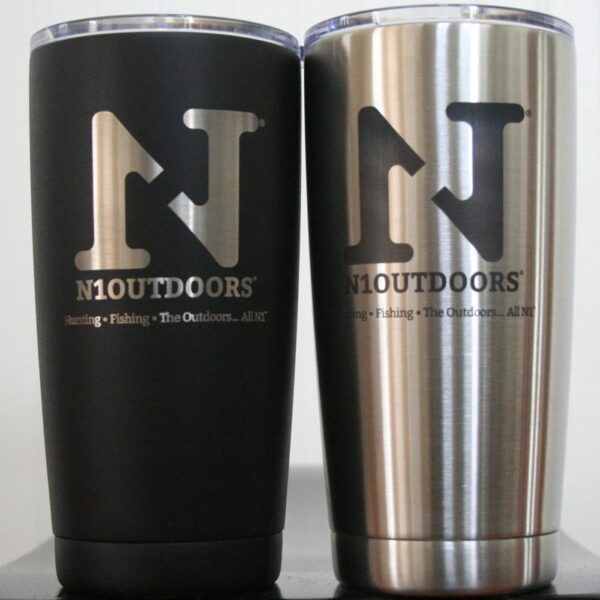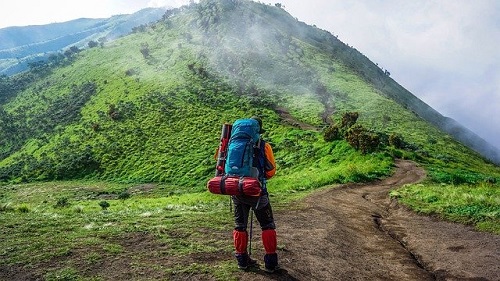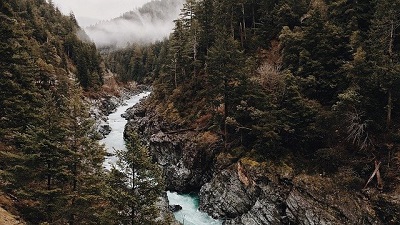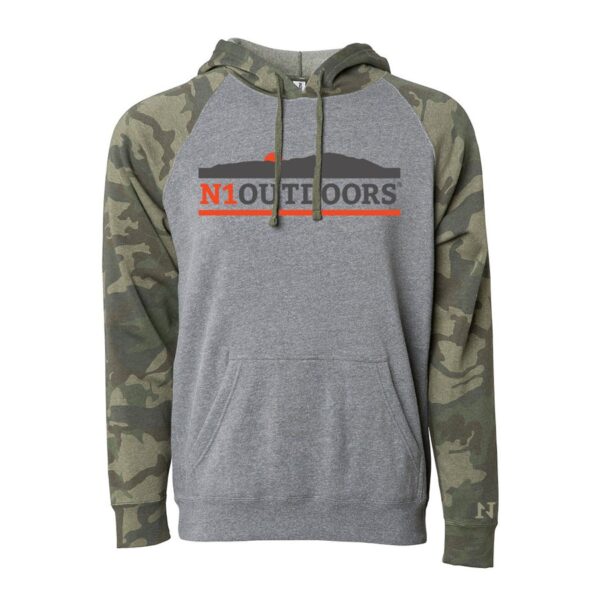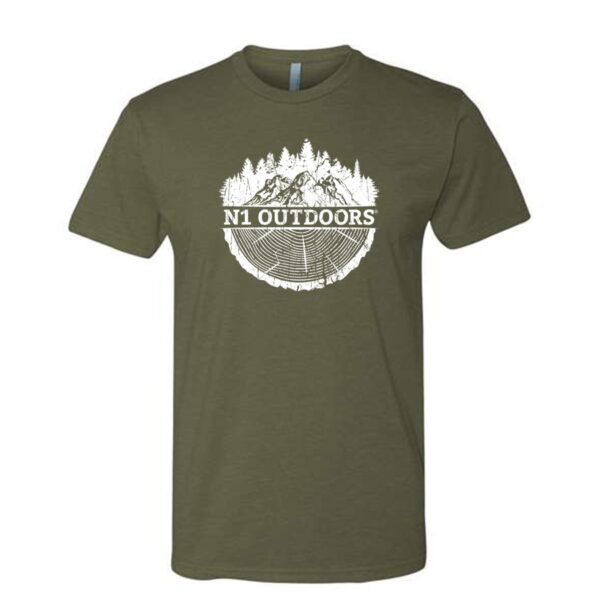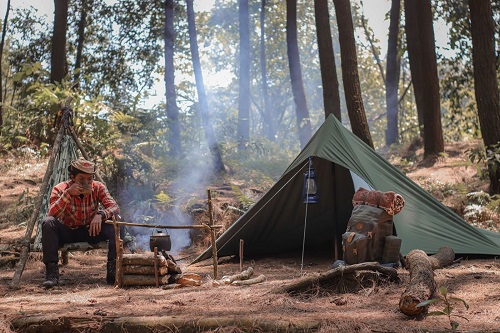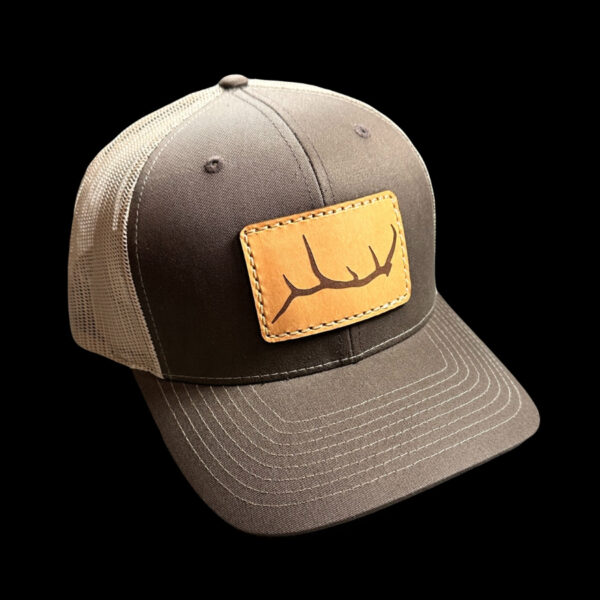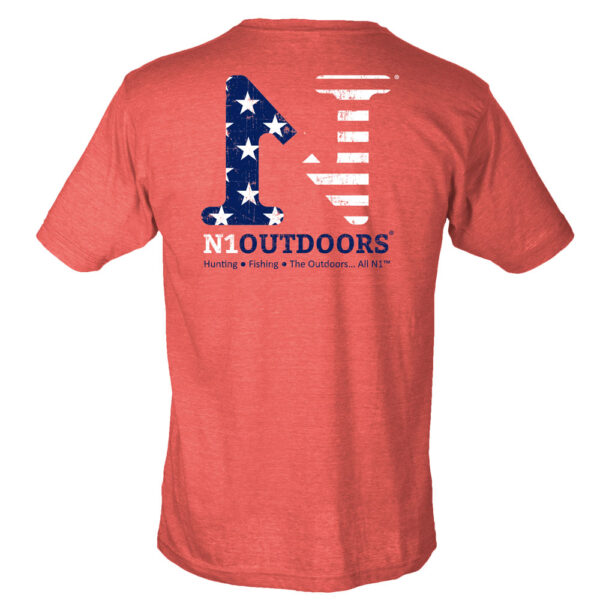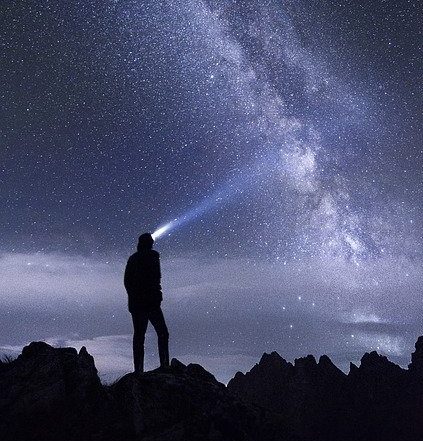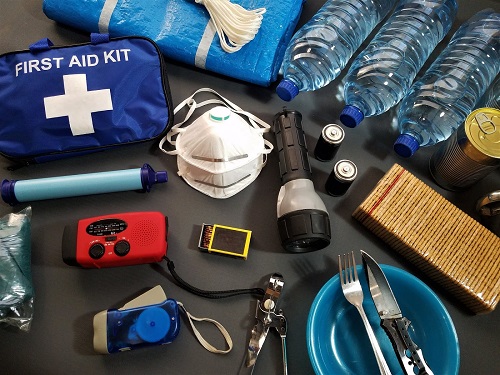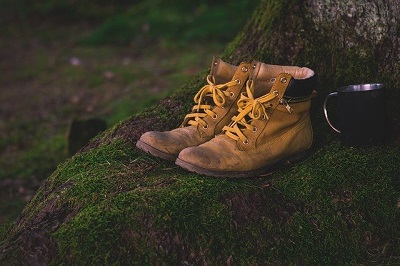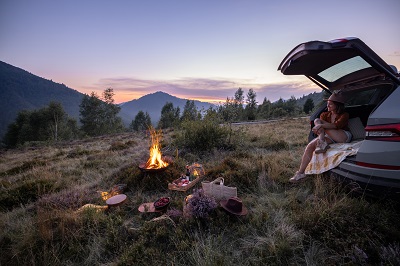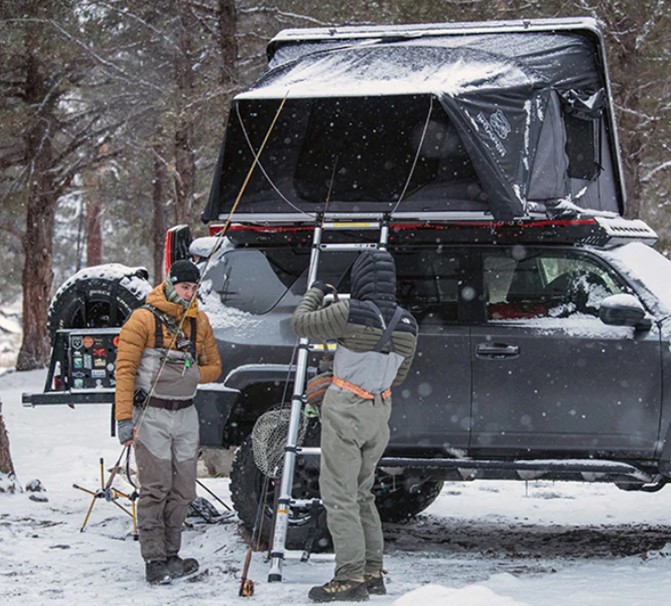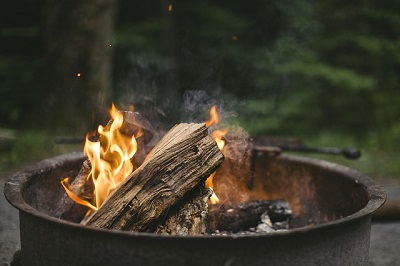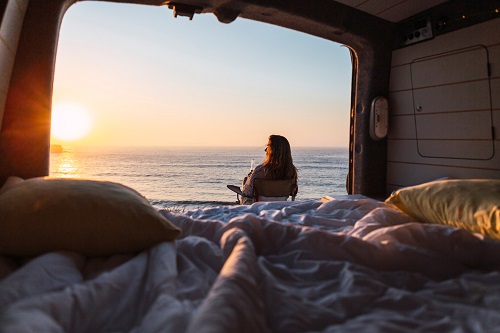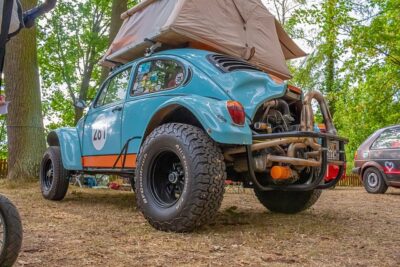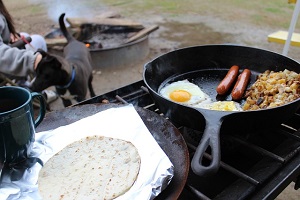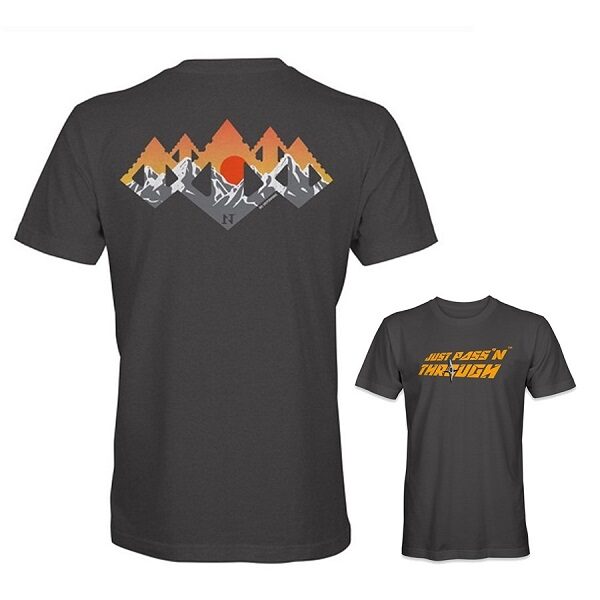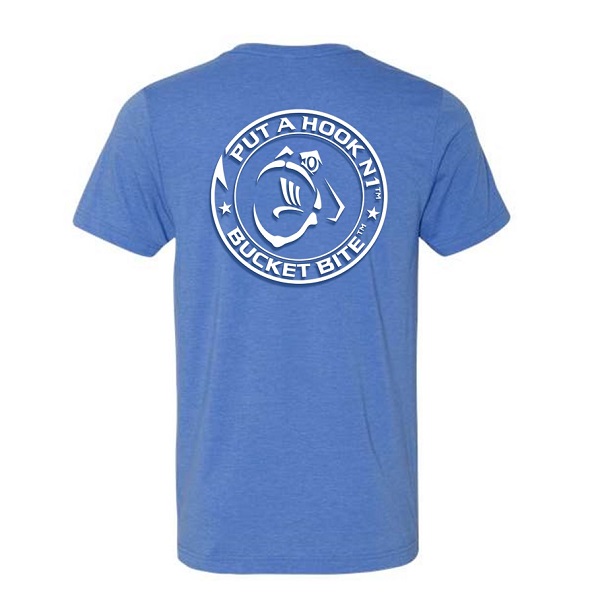Camping is an enjoyable outdoor activity that has been around since ancient times. Of course, ancient camping was just called “life.”
Now, all joking aside, camping connects us with the outdoors and allows us to disconnect from the stressors of a daily connected life.

Camping doesn’t have to look like might have imagined. Let’s take a look at several types of camping that could lead to your next big adventure!
There are many types of camping, each with unique characteristics and appeal. We’ll take a look at several types of camping, ranging from prefabricated shelters like a cabin or lodge, to “bare-bones” camping. (You can jump straight to the camping style you want more information about by clicking the links below!)
Glamping
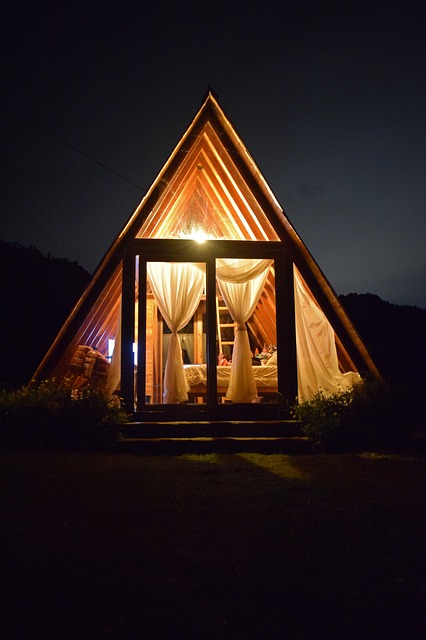
What is “glamping” you might ask? Well, it’s “glamorous camping,” and it probably looks a lot different than the camping images you have in your mind!
For many years the term “glamping” (or, glamorous camping”), was used as a dig for campers who wanted to enjoy the outdoors without the added hassle of “roughing it.”
Rather than taking the remark as an insult, campers have leaned into the concept, and now families can enjoy the outdoors while enjoying many amenities of home.
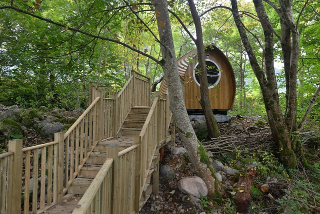
Glamping involves staying in powered campsites with rigid wall structures like yurts or cabins.
While the level of luxury can change, glamping lets campers stay out of the wind, with power for lights and amenities, and sleep on beds instead of sleeping bags on the ground.
Many families who love the outdoor activities without having to worry about setting up a tent and an entire campsite will enjoy glamping as well!
Car Camping
Car camping is one of the most popular type of camping, and is great for those who want to enjoy nature without having to go too far from the comforts of home.
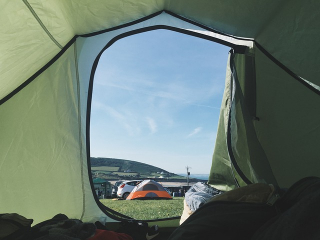
Car camping is great for those who want to stay close to a restroom and shower facilities, as well as access to electricity. Not to mention there is some comfort in being able to stay in the car if the weather turns rotten.
Car camping involves bringing a vehicle to a designated campsite via a paved or unpaved road, depending on the campground.
After campers have arrived at their designated campsite, the vehicle is unpacked. The campsite is carried to the campground by vehicle, but the tent, cooler, chairs, cooking area, and the like are assembled away from the vehicle itself (unless you have a vehicle rooftop tent).
Most campgrounds that offer car camping have electricity, bathrooms, and running water nearby.
RV and Van Camping
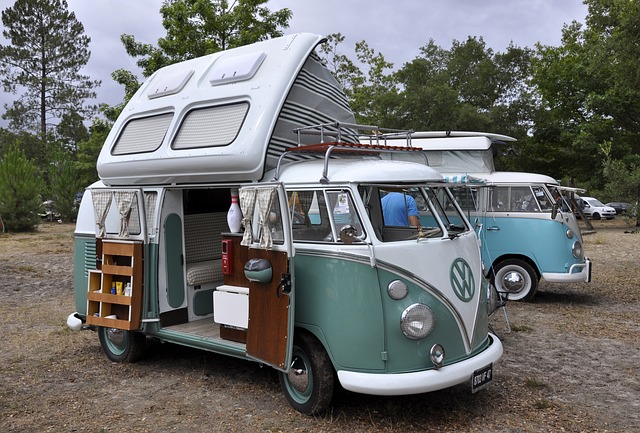
RV or van camping combines the mobility of car camping with even more comforts of home.
Vans and RVs (recreational vehicles) can utilize traditional campgrounds or designated RV parks with additional hookups to accommodate the vehicle’s power needs.
The bathroom convenience of RV camping is particularly appealing for those looking to not walk through a dark campground for a late-night bathroom trip.
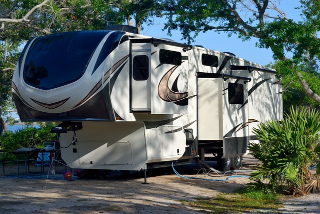
Unlike car camping, where sleeping is done outside of the vehicle, RVs and camper vans provide a sleeping area inside the vehicle away from the elements.
While many campers still set up a traditional camp outside of the vehicle, many RVs are equipped with refrigerators, kitchens, and bathrooms.
-
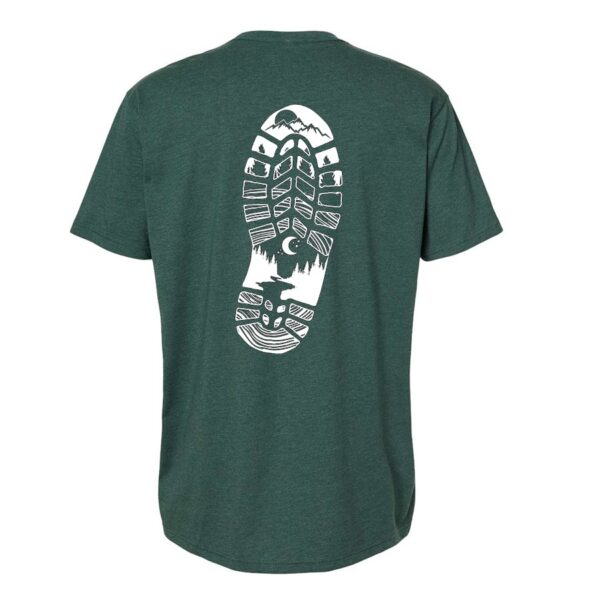
N1 Outdoors® “Outdoor Npressions™” Boot Print Tee
Price range: $24.99 through $28.99 Select options This product has multiple variants. The options may be chosen on the product page -
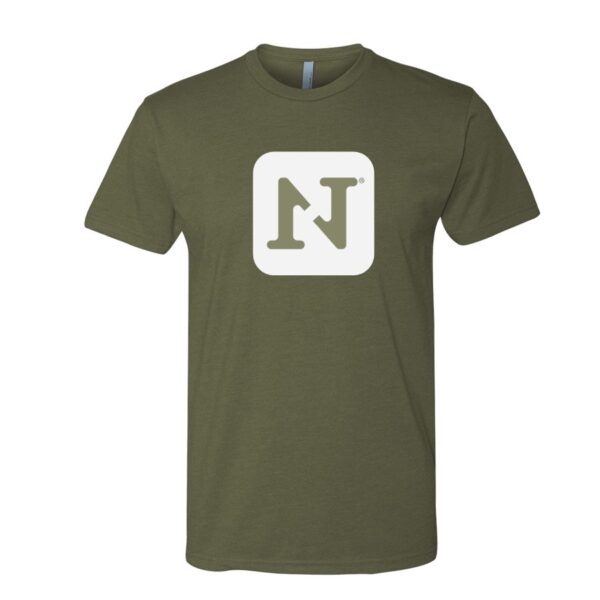
N1 Outdoors® Block Logo Tee
Price range: $22.99 through $24.99 Select options This product has multiple variants. The options may be chosen on the product page -
Sale!
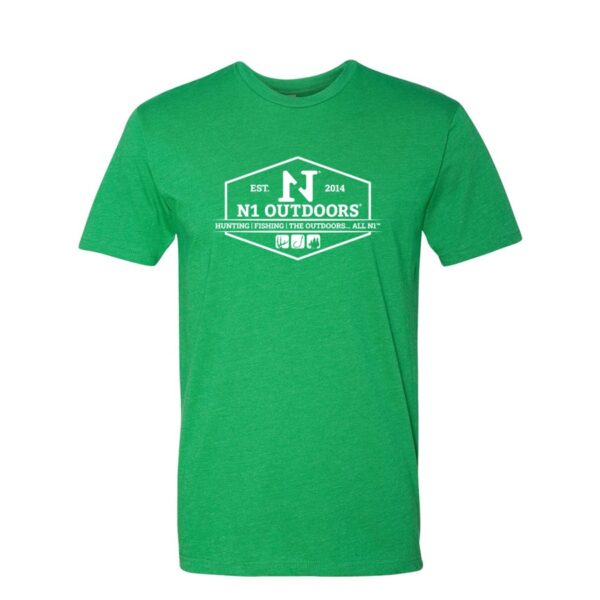
N1 Outdoors® Est. 2014 Triblock Tee
$9.00 Select options This product has multiple variants. The options may be chosen on the product page
Dry Camping
An offshoot of RV and van camping is dry camping.
Unlike traditional RV campsites that have hookups for power, water, and even a location to pump your wastewater, dry camping has none of those.
Dry camping is popular for its reduced cost compared to the nightly fees for campsites with power and water hookups.
For full-time RVers, dry camping is a great way to travel at a lower cost.
Overlanding
There is a more rugged form of car camping called Overlanding.
Overlanding involves carrying everything needed for a camping trip in an off-road capable vehicle.
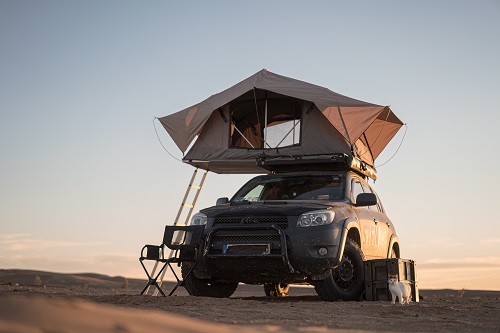
Unlike traditional car campers, “overlanders” find their own paths into the wild and often use their vehicles as sleeping quarters, cook stations, and charging ports.
The thrill for overlanders is the ability to explore new places and get away from crowds that can frequent well-known spots.
Tent Camping
A departure from camping with a vehicle or solid structure, tent camping involves a bit more “roughing it.”
Within tent camping, levels range from the backyard to the wilderness.
Backyard Camping
While pitching a tent in the backyard doesn’t sound like camping, it’s a great way to conduct a trial run for a more extensive camping experience.
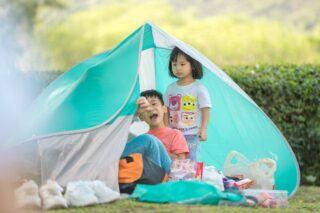
Parents will also appreciate backyard camping when they turn a raucous slumber party into an adventure by keeping the kids outside rather than jumping on the bed.
Being able to pack it in is a nice convenience, should the weather turn foul and your rainfly isn’t as weatherproof as you thought.
Not only can you test your gear under prime conditions, but it serves as a great first step to acclimate children to camping.
Primitive Camping
Primitive camping is the next level up from car camping and is a great way to fully immerse yourself in nature.
With primitive camping, you’ll need to be prepared with your food, shelter, and supplies.

Primitive camping involves leaving all of the amenities of home behind and camping in remote and secluded locations. Without a car’s storage and carrying capacity, campers need to prioritize lightweight, compact items.
If you choose to go to a campground that offers primitive campsites, you’ll need to be sure you reserve and stay in designated sites that are marked on trails in the area.
The challenge with primitive camping that also makes it the experience so rewarding is that campers must carry in everything needed.
This type of camping is great for those who want to connect with nature and have a unique outdoor experience.
For those looking at a team-building exercise, assigning each member of a camping party to carry specific pieces of gear increases the camp’s ability to have more. So, you could say that in primitive camping, “teamwork makes the dream work.”
Dispersed Camping (Go “Remote”)
The last type of camping we’ll cover is dispersed camping.
Out of all the styles of camping, dispersed camping is the most remote, challenging, and rugged.
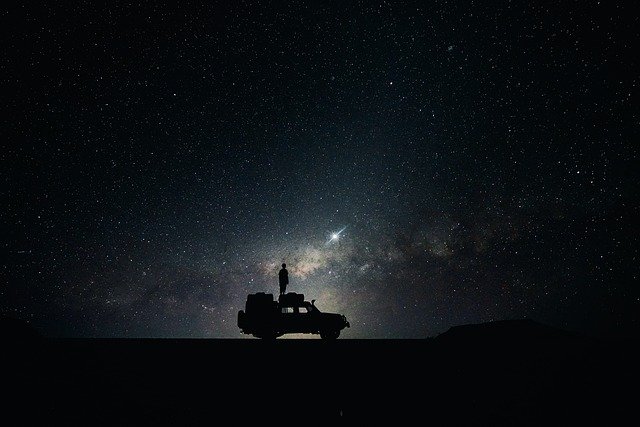
Unlike car camping or primitive camping, dispersed camping is where you go off the grid and venture into the wilderness beyond any designated campsites.
In many areas of designated wilderness, there is a minimum distance that camps must be from the road. Without those minimums, campers would quickly overuse the areas near roadways that are critical for wildlife (and from an adventure standpoint, it’s kind of cheating to have your car just a few yards away!)
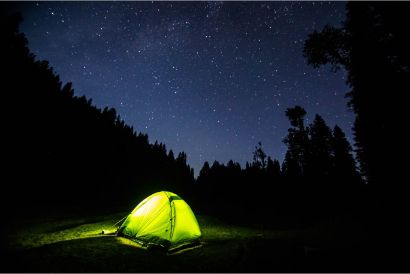
Dispersed camping requires the most preparation. Unlike camping at assigned campsites where the ground is level and often free of any dangers like flooding, a dispersed camper needs to consider the overall safety of their campsite as well as proximity to resources like water.
This type of camping is great for those who want to experience the ultimate in solitude and remote camping.
Just like with primitive camping, you’ll need to bring your gear, food, and water.
While fire safety should be practiced with all forms of camping, the lack of premade fire pits means that you, as the camper, must pay extra attention to how and where you build your fire.
For all of the responsibility and effort required in dispersed camping, it is no wonder why few campers attempt it. However, the challenges and rewards of total freedom and isolation are also the reason why campers who complete these trips want to embark on more.
-
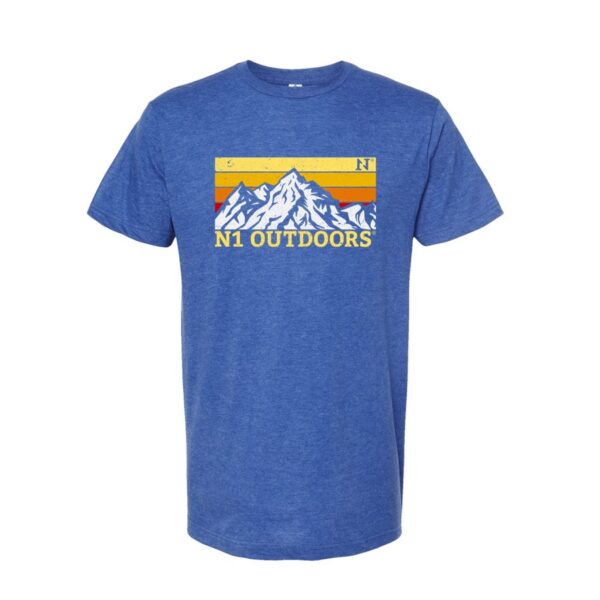
N1 Outdoors® Mountain Colors Tee (Various Colors)
Price range: $24.99 through $28.99 Select options This product has multiple variants. The options may be chosen on the product page -

N1 Outdoors® Block Logo Tee
Price range: $22.99 through $24.99 Select options This product has multiple variants. The options may be chosen on the product page -
Sale!
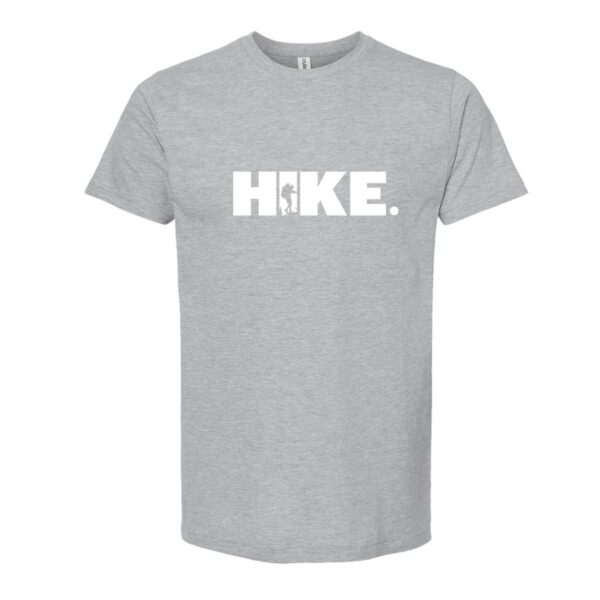
N1 Outdoors® HIKE. Tee
$19.00 Select options This product has multiple variants. The options may be chosen on the product page
Final Thoughts On Camping Types
While we all may come from different backgrounds and have different outlooks on life, we can all successfully share in the outdoors.
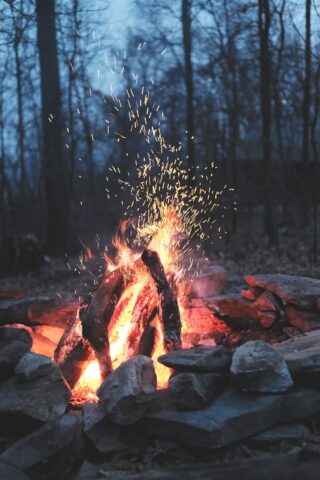
Nature is deeply rooted in our psyche. The desire to put the phone away, hold calls and status updates for a sunrise, and take in the smells of a campfire runs through all of us.
Every type of camping listed above can be broken down into smaller sections for more niche activities. Rather than carrying the campsite on your back, you can use bikes, horses, or even llamas.
Car camping can quickly become boat, canoe or kayak camping.
No matter which type of camping you choose, from packing the family sedan full of coolers and lawn chairs for a weekend camping or planning a getaway in the wildest edge of the backcountry you can find, you’re sure to have an unforgettable outdoor experience.
So, get out there and start planning your next camping trip! And who knows, we may even see you out there because, as John Muir once said, “The mountains are calling, and I must go.”

